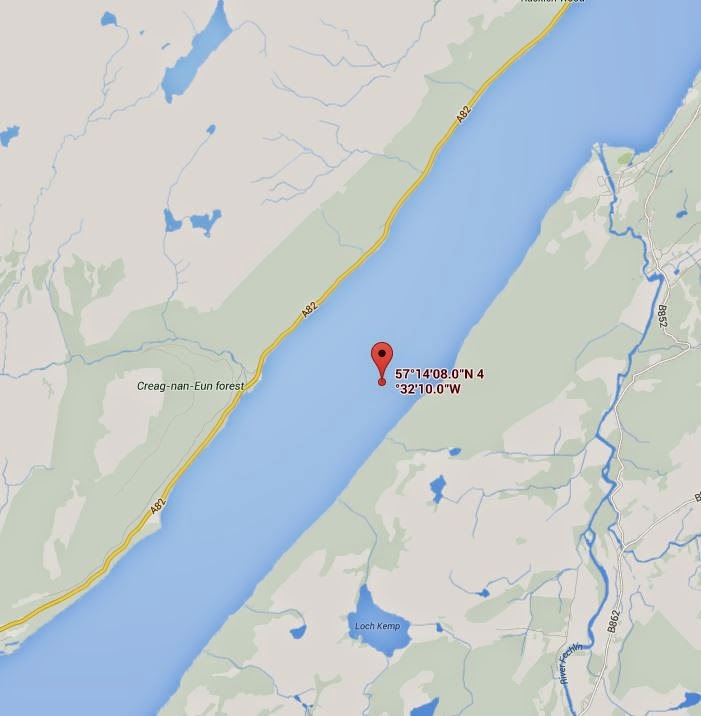One of the blog's regular readers emailed me an experience he had at Loch Ness some years back. J.S. (as I shall call him) lives in Scotland and was at Loch Ness over ten years ago on a camping trip. I quote to you what he initially told me:
Hi Roland nice to meet you by the way, and I am
more then happy to inform you in relation to my personal Loch Ness experience it
happened some years ago 2002/2003? One early morning I came back from the toilet
block walking in the direction of my tent when I heard several fish jump which I
recognized having done a lot of fishing with my father back in Holland.
Seconds
later there was this huge splash, and I mean Roland a really enormous
disturbance at the surface of the Loch which sounded as if a whale came out
of the Loch and splashed back in again followed by waves crashing onto the
shoreline, sadly I could not see a thing due to the fact I was blinded by the
camping flood lights,..it was an experience I will never forget I tell
you,.. a personal deduction of this experience tells me that what ever it was
was chasing ( hunting ) these jumping fish, what do you think ....
Further enquiries placed the event in late August or early September of 2003 at a time of about 1 or 2 in the morning with cloudy but dry weather. This audible encounter happened at the Invermoriston Caravan and Camping site which is circled on the map below.
Now, this is more of a "hearing" than a "sighting" and such encounters are rare to say the least. Given the time and month, I would doubt if J.S. would have seen much at all out on the loch. I have myself seen fish jumping out of the water ahead of what may have been a silent and invisible predator. Not necessarily a Loch Ness Monster, but certainly bigger than the fish in retreat. That may have been the closest I got to seeing our elusive monster.
Be that as it may, a large splash normally requires a proportionally large dose of energy which would require a combination of a fast and/or heavy object. What could J.S. have heard?
The ubiquitous seal may be trotted out at this point. Seals are the second largest animals that may be found in the loch. However, when they are sometimes suggested as an explanation, one wonders if there was one actually in the loch at the time of the given report? After all, they only turn up in the loch perhaps once every two years when they pursue salmon or trout from the Moray Firth. They normally end up getting shot. So it is no surprise that the times the loch has no seal in it easily outweigh the times there is one or two in it.
Or perhaps someone was just dumping something in the loch, or "fly tipping" as we call it? I would only say that the roadside is quite close to the lochside at the campsite in question, so the dramatic noise one would get from an old, useless cooker tumbling into Loch Ness from a high road point is lost at this particular location.
But I get the impression here that J.S's noise was out there in the loch rather than one originating near the shore, especially when he saw the waves come rolling into the camp shore (he had gone to the shingle shoreline to witness these as his vision got back to normal about a minute later).
If J.S. did hear our loch leviathan then that gives me encouragement. Not just because Nessie again has made her presence known in recent years, but because it occurred in the early hours, a time of day which I believe the monster is more active in (as regular readers will know from my infra-red work).
As ever, comments and interpretations are invited from other readers.
But I get the impression here that J.S's noise was out there in the loch rather than one originating near the shore, especially when he saw the waves come rolling into the camp shore (he had gone to the shingle shoreline to witness these as his vision got back to normal about a minute later).
If J.S. did hear our loch leviathan then that gives me encouragement. Not just because Nessie again has made her presence known in recent years, but because it occurred in the early hours, a time of day which I believe the monster is more active in (as regular readers will know from my infra-red work).
As ever, comments and interpretations are invited from other readers.













